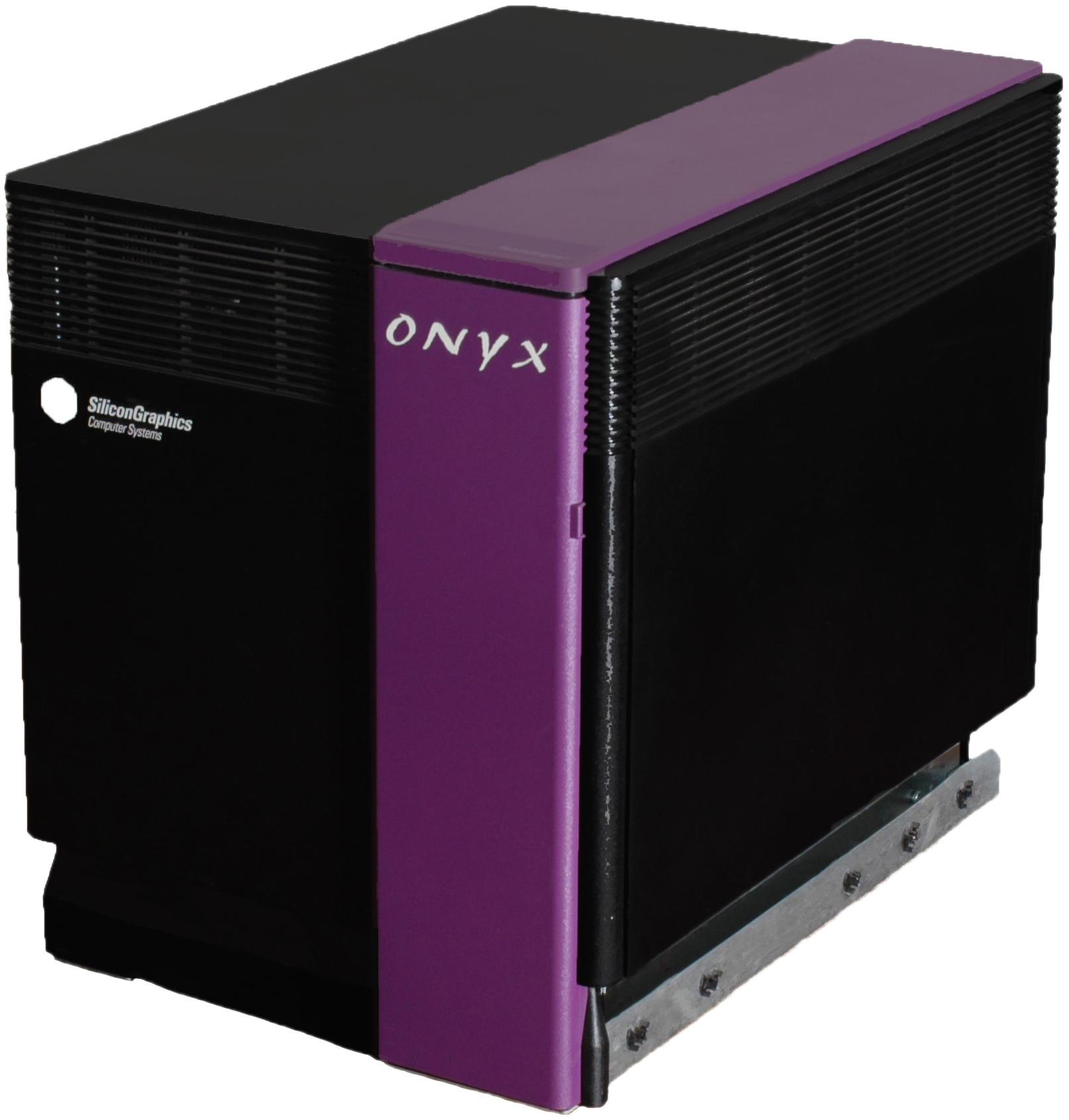- After a decade using Twitter, I’ve thrown in the towel. I met a lot of great people and some of my best friends on the service, and didn’t take leaving lightly. But in the past few years it’s become a poisoned well of misinformation, bad actors, and bottomless outrage. That hasn’t been enough to scare advertisers away, as negative engagement is still very active there. User involvement driven by anxiety, rage, and fear is at least as valid as positive participation by the people looking to sell ads to frantic eyes. But the the service has become a dysphoric compulsion for most of its users instead of a healthy social medium, and that’s impossible for me to overlook or support.
Nobody is beholden to use a free service when it stops being fun. And don’t forget: all of the companies in the business of providing social media platforms monetize your distraction, selling the data you give them to organizations committed to using it. Going forward, I think Cambridge Analytica is going to be a fumbling baby step. I won’t speak for you, but I’m gonna find something else to do.

- VICE has an entertaining piece about the cohort of computer hobbyists keeping Silicon Graphics machines alive in the 21st century. Like the community that’s playing the Atari Jaguar and making new games for it 25 years out, the community’s a sliver of what it once was. In the SGI users’ case there’s also justified grief and protectiveness over how eager PC builders are to snap up the dwindling quantities of this gorgeous, expensive hardware just to yank out everything that makes it distinctive and plop in standard PC bits. That’s a testament to how iconic the case designs are, and you’d think the company nominally holding SGI’s assets – first Rackable Systems, now apparently Hewlett Packard Enterprise – would partner with someone to make a limited edition run of PC cases. But the article leaves an important question unasked: how are these systems being used now?

A decade ago my hydrogeology professor had an old SGI workstation on his desk… but even then he almost exclusively used it as an X terminal connected to the Linux machine he kept in his laboratory. Do people in 2018 still incorporate them into 3D rendering jobs? Is anyone using them for production work? Are developers maintaining software for IRIX, the SGI Unix implementation that has been abandoned for the past decade? Without that perspective it’s a little like an article about people who love seventies folk music, and how these people go to concerts, run fan sites, build communities, and trade merchandise without ever talking about what the music is or why people love it.
Though at the very least I can confirm: they run Doom.